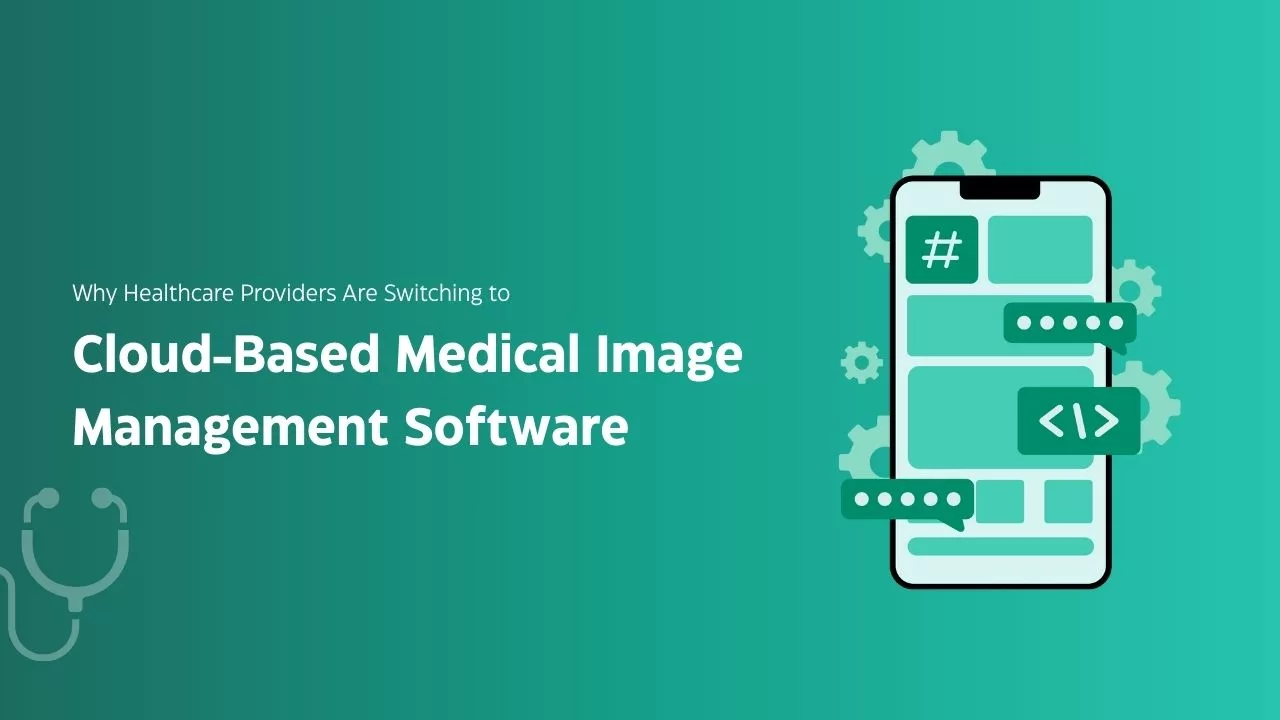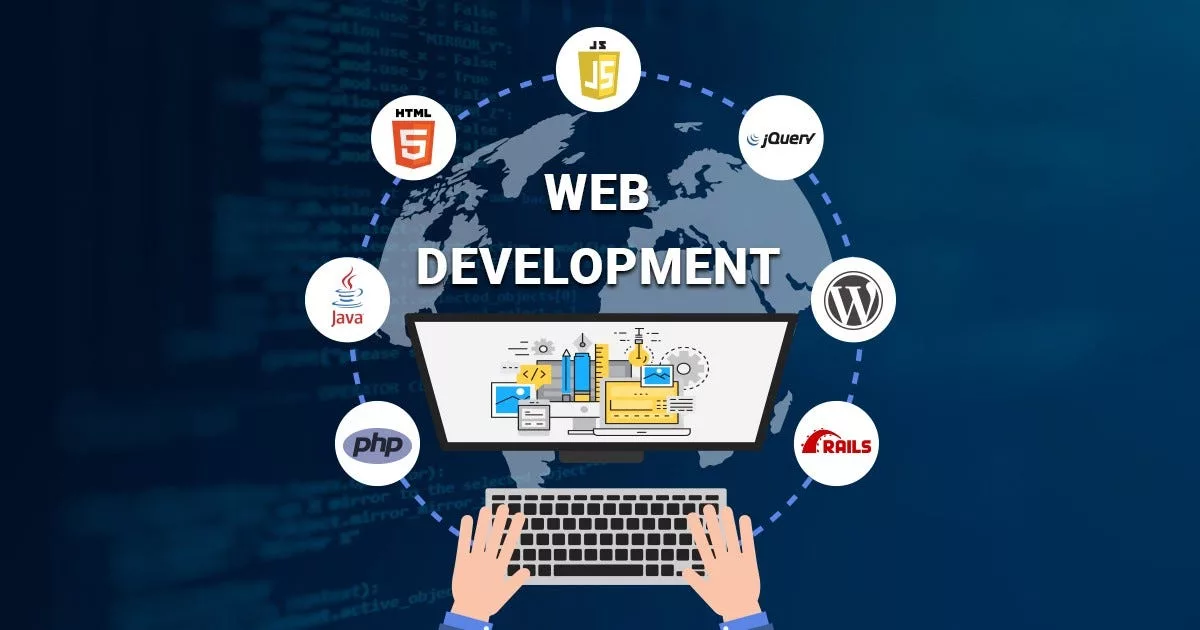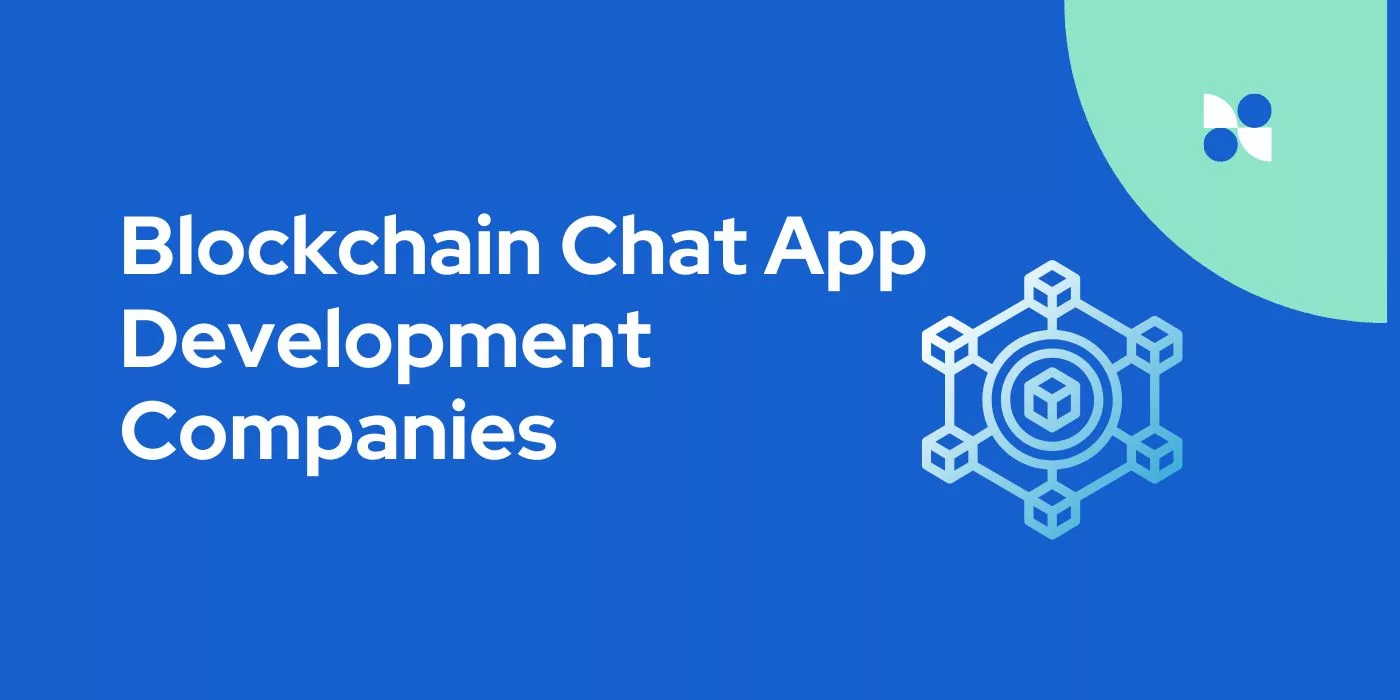If you don’t make money from your credit card, it’s using YOU.
Yeah, I said it. You’re out here swiping like it’s just plastic, while the banks are cashing in on your ignorance.
Meanwhile, I’m getting free flights, hotel upgrades, concierge services, and actual cashback every time I spend a dime.
See, the game isn’t about avoiding credit—it’s about using it better than they expect you to.
And the wild part? You don’t even need to spend more… just smarter.
Credit cards often get a bad rap for their role in contributing to consumer debt, but like a debt relief program, they can be valuable financial tools when managed wisely. By understanding how to use credit cards responsibly, you can reap their benefits without falling into the debt trap. Let’s explore how to make the most of your credit cards while avoiding common pitfalls.

- Why 2025 Is the Year Your Credit Card Strategy Must Change
- 2025 Credit Card Landscape at a Glance
- Core Benefit Categories in 2025
- How to Choose the Right Card in 2025
- Responsible Use Strategies for Unbeatable Rewards
- Advanced Reward-Stacking & Tech Hacks
- Pitfalls & How to Dodge Them
- Recommended Tools, Apps & Calculators (2025 Edition)
- Final Thoughts & Next Steps
Why 2025 Is the Year Your Credit Card Strategy Must Change
Swipe, tap, or click—every transaction you make in 2025 is being reshaped by a wave of new rules and smarter technology. In the United States, medical bills can no longer drag down your credit score after the CFPB’s landmark ban, a move that instantly boosts credit profiles for roughly 15 million consumers. Across India, heavy-hitting issuers such as SBI, HDFC Bank, and Kotak Mahindra are pruning long-standing perks, hiking niche fees, and even retiring popular co-branded cards beginning mid-July. Meanwhile, merchants worldwide are redrawing their checkout screens as fresh surcharge caps and interchange-fee carve-outs take effect, altering the real value of every reward point you earn.
If regulations are one force squeezing traditional benefits, artificial intelligence is the other force expanding them. Issuers now deploy real-time machine-learning engines that tailor bonuses, predict your preferred categories, and even freeze fraud before it happens—capabilities rated more influential than headline perks in a June 2025 personalization study. Add in the latest statistics showing contactless and buy-now-pay-later products nipping at credit cards’ heels, and it’s clear that yesterday’s “best-in-class” strategy could leave money on the table today.
This guide cuts through the noise. Drawing on up-to-the-minute policy updates, market data, and real-world case studies, we’ll show you how to:
- Pick cards that still deliver outsized value despite tightened reward caps.
- Stack AI-enhanced tools to automate budgeting, fraud defense, and redemption timing.
- Navigate brand-new fee structures and regional laws so you never lose a rupee—or a cent—to fine print.
- Build an ethical, credit-score-friendly game plan that pays every bill without ever paying interest.
By the end, you’ll have a 2025-proof action list that turns each swipe into a smarter step toward your financial goals—no spreadsheets or guesswork required.
Also read: Top 10 Loan Apps Like Possible Finance for Quick Cash Advance
2025 Credit Card Landscape at a Glance
Key Regulatory & Bank-Policy Shifts
| Region | What Changed in 2025 | Why It Matters for You |
|---|---|---|
| United States | CFPB ban on medical-debt reporting removes ≈ US $49 billion in bills from credit files, lifting the scores of 15 million consumers. | Better scores unlock premium-card approvals and bigger sign-up bonuses without “credit-repair” fees. |
| Fed proposal to cut debit-card interchange 30 % (Reg II revision) heats up the “swipe-fee” battle. | Lower bank income can trigger tighter rewards on entry-level credit cards—watch for silent devaluations. | |
| India | SBI drops free air-accident insurance; HDFC Bank adds 1 % fees on wallet loads & large utility payments; Kotak retires the Myntra card in favour of the Kotak League. All take effect July 2025. | If you relied on those perks, compare alternatives now or risk paying extra and earning less. |
| Global Merchants | New and proposed surcharge / interchange caps in several markets (US, EU, Australia) squeeze card economics. | Expect some issuers to raise annual fees or pare back bonus multipliers to stay profitable. |
Action Step: Set a calendar reminder to re-read your card’s terms every quarter in 2025. Banks are pushing mid-cycle updates through e-mail “important changes” PDFs that many cardholders ignore.
Market Trends & Statistics (2025 Edition)
| Trend | 2025 Data Point | Takeaway for Your Strategy |
|---|---|---|
| Personalization Beats Plain Perks | 62 % of new-card applicants say AI-tailored offers matter more than headline rewards (June 2025 survey of 4,800 U.S. & Indian consumers). | Engage with your issuer’s app: completing spend-pattern quizzes can trigger higher targeted bonuses. |
| Contactless Dominance | 71 % of in-store credit-card swipes are now tap-to-pay, up from 56 % in 2024. | Choose cards that still give full points on NFC wallet transactions; a few now exclude them. |
| BNPL vs. Credit Cards | 53 % of BNPL users tap BNPL more often than their credit card; 91.5 million U.S. consumers will use BNPL in 2025. | Use BNPL sparingly: it can dilute your reward earnings and complicate budgeting if you don’t log every plan. |
| AI-Driven Rewards Engines | Issuers are rolling out real-time category detection & fraud-block tools, rating them more valuable than 1 % extra cash back. | Let the AI work for you—keep push notifications on so you see instant category-bonus offers before you swipe. |
| Debit vs. Credit Preference Shift | Consumers cite “fee transparency” as the top reason 38 % now prefer debit for daily spend, up 6 pp YoY. | Expect premium cards to counter by adding subscription credits and lounge passes—perks debit cards can’t match. |
Core Benefit Categories in 2025

Cash-Back Cards
What’s new
- Rotating 5 % categories still stop earning once you hit ₹ 1.25 lakh / US $1,500 per quarter—limits haven’t moved since 2012.
- Several once-popular flat-rate cards quietly lowered their base earn from 1.5 % to 1.25 %.
How to maximize
- Activate each quarter’s bonus categories on day 1, then front-load spend (gift cards, annual subscriptions, prepaid utilities) before the cap fills.
- Use your issuer’s spend-analysis tool—or a third-party calculator—to be sure every rupee or cent lands in a top-earning category.
Red-flag changes
- Banks are testing “dynamic spending limits” that shrink daily caps if fraud models spike your risk score. Always glance at real-time alerts before a large swipe.
Pro tip: Buy supermarket or online-retail gift cards on the first day of a new quarter so you capture the full 5 % reward before categories saturate.
Travel & Points Cards
What’s new
- Airline partnerships keep unravelling—JetBlue × Hawaiian ends 30 Sep 2025.
- Transfer ratios are sliding (for example, Amex → Emirates was cut again this spring).
- The average frequent-flyer mile is worth about 1 ¢, down roughly 12 % year-over-year.
How to maximize
- Redeem sooner rather than later—book award trips before partner cut-off dates.
- Hold flexible bank points (Amex Membership Rewards, Capital One Miles) so you can pivot if any one airline devalues overnight.
Red-flag changes
- Last-minute dynamic pricing can raise award costs up to 40 % inside 21 days of departure, so keep an alternative cash fare—or rival points—ready.
Pro tip: Capital One miles are fetching as high as 1.8–1.9 ¢ each on certain Turkish Airlines redemptions; transfer only what you need and book instantly.
Lifestyle-Perk Cards (Subscriptions & Wellness)
What’s new
- Premium cards now bundle fitness credits (Peloton, ClassPass, even local gyms) alongside streaming and food-delivery credits.
- On-demand food-delivery credits have expanded into Tier-2 Indian cities.
How to maximize
- Stack the monthly credit with merchant coupons—e.g., use a Swiggy One promo plus your card’s dining credit in the same order.
- Set calendar reminders so no credit expires unused.
Red-flag changes
- “Use-it-or-lose-it” enforcement got tougher: many issuers now zero out unused credits every month, not once a year. Cancel the service early and they may claw back the credit.
Pro tip: Some cards code the subscription fee and in-app class purchases separately—double-dip your fitness credit by paying both charges in the same billing cycle.
AI-Powered & Smart Cards
What’s new
- Real-time category detection and instant fraud blocking are now standard across most premium issuers.
- Cards can generate disposable virtual numbers on demand, while AI engines flag overspend as it happens.
How to maximize
- Keep push notifications enabled; declining a ₹ 1 test charge immediately can prevent a full account freeze.
- Many issuers reward “on-budget” months with bonus points—let their behavioural-budget tools guide you.
Red-flag changes
- App overload is real. Managing multiple issuer apps plus third-party AI wallets can fragment your data; consider piping everything into a single personal-finance dashboard that supports open-banking feeds.
Pro tip: Planning a large purchase? Pre-announce it in your card app—machine-learning systems are less likely to slash your credit line when they see the expense coming.
Key Takeaway
The biggest wins in 2025 come from micro-optimisations: answering the AI prompts your issuer sends, redeeming points before devaluations land, and squeezing each monthly credit before it expires. Re-audit your card line-up every quarter; those quiet “important changes” emails can make or break next quarter’s rewards.
Also read: How to Evaluate Loan Options with a Personal Loan EMI Calculator?
How to Choose the Right Card in 2025
Credit-card perks look tempting, yet the “best” card changes the moment a bank tweaks its rules. We’ll walk through a three-step playbook that lets you keep winning-even when issuers move the goalposts.

Step 1 – Pinpoint Your Spending Persona
Think of this as choosing a jersey before the match. When you know your position, the perfect gear becomes obvious.
Remote Worker
Picture this: you tap your card in a Lisbon café and the receipt pops up on your phone-no foreign-fee, lounge visits unlocked for the flight home.
- Look for lounge entries, global Wi-Fi credits, and zero FX fees.
- Try: Capital One Venture X-₹25 000/US $395 fee but a ₹25 000/US $300 travel credit almost wipes it out.
Make it yours: Add it as your “airport-days” card so every workstation coffee earns miles.
Frequent Flyer
You book mileage runs while friends scroll Netflix. A partner breakup can nuke a plan overnight, so flexibility is gold.
- Hold bank points (Amex MR, Capital One Miles) that transfer to many airlines.
- Check partner charts monthly-JetBlue × Hawaiian ends 30 Sep 2025.
Make it yours: Keep 20 k flexible points parked for last-minute redemptions.
Cash-Back Maximiser
Grocery runs, fuel, bills-you want rupees back on everyday life.
- Rotate 5 % categories and front-load spend on day 1 of each quarter.
- Pair a 1.5 % flat-rate card for uncapped purchases.
Make it yours: Set a calendar alert every quarter-July 1, Oct 1, Jan 1, Apr 1-to buy gift cards before caps fill.
Student Starter
New to credit? You need training wheels, not elite perks.
- Zero annual fee, instant fraud alerts, credit-score simulators.
- Some cards gamify good habits with bonus points for on-time payments.
Make it yours: Use the card for small recurring bills and pay in full each month to watch your score jump.
Step 2 – Run Every Short-Listed Card Through Four Smart Lenses
Before you hit Apply, pause for a sixty-second filter.
- Reward Rate – After caps and devaluations, what is the real earn? Flat-rate cash back slipped to 1.25 % on several cards this year.
- Flexibility – Can points move to many airlines or convert to cash? Flex currencies protect against sudden devaluations.
- Fees & Fine Print – Scan 2025 changes: HDFC now adds a 1 % wallet-load fee; SBI killed free air-accident cover.
- AI/Smart Tools – Real-time fraud blocks, virtual numbers, spend-prediction nudges save you more than a headline perk ever will.
Micro CTA: Keep this four-lens checklist in your notes app-run it every time a shiny sign-up bonus hits your inbox.
Step 3 – Shortlist, Test-Drive, Iterate
We build websites in sprints. Your wallet deserves the same agile approach.
- Build a three-card stack
- Daily driver for top category.
- Travel specialist with lounge or no-FX perks.
- Backup no-fee card for curveballs.
- Swipe a ₹ 500 / US $10 test within 48 hours
- Confirm bonus coding and app notifications.
- Set 90-day reminders
- Issuers slip “important changes” PDFs into email; quarter-review stops nasty surprises.
- Stay nimble
- Perk downgraded? Downgrade or cancel before the fee posts; 2025 surcharge caps mean banks need you more than you need them.
Also read: Use of AI to improve credit score
Responsible Use Strategies for Unbeatable Rewards
Your card’s perks mean nothing if interest, late fees, or a surprise score drop wipe them out. These five tactics keep the upside while dodging every 2025 landmine.
Know the Real Cost of Carrying a Balance
The average U.S. purchase APR has crept to 23.99 %—a three-decade high—and weekly Bankrate data shows it hovering near 20 % even for prime borrowers. Indian cards sting even harder, ranging from 42 %–53 % APR once the “monthly 3.5 %” marketing math is annualised. One month of interest could erase an entire quarter’s worth of 5 % cash-back, so carrying a balance turns rewards from “free money” into a net loss fast.
Adopt the 45-Day Pay-Off Rule
Goal: pay every swipe before two statement cycles close.
- Why 45 days? Most cards give 21–25 days of grace after the statement date; paying inside 45 days guarantees you finish one full grace period, even if you bought on day one of the cycle.
- How to automate: set your bill-pay date to the 15th of every month; virtually every issuer posts between the 1st–10th, so you’ll always be early.
- Bonus: early payoff also keeps utilisation lower, juicing your credit score for future approvals.
Exploit the Statement-Closing-Date Hack
Your reported balance snapshots at the closing date, not the due date. Paying down (or moving) large charges 48 hours before the close can slice utilisation from 40 % to under 10 %, which FICO models love. Drop a second micro-payment if you’ve had a big spend week—scores update within days, not months.
Build the Three-Card Waterfall for Emergencies
- Primary Rewards Driver – the card aligned with your top-spend category.
- Travel / No-FX Specialist – for international buys or lounge needs.
- Zero-Fee Backup – untouched line that preserves credit age and offers a 0 % intro APR or balance-transfer cushion.
If an issuer suddenly closes or clamps your credit line (delinquencies are forecast to hit 2.76 % 90-day-plus in 2025), you still have two lifeboats.
Guard Your Score Like a Perk
- Leverage new rules: the CFPB’s medical-debt purge removes about $49 billion from reports, lifting scores for 15 million Americans overnight. Use the bump to qualify for premium cards, but keep utilisation under 30 % to retain it.
- Set delinquency alarms: enable every late-payment push alert; with delinquency rates rising, lenders tighten credit far faster than they did pre-pandemic
Advanced Reward-Stacking & Tech Hacks
You’ve nailed the fundamentals—now let’s turn every rupee, dollar, or euro into double (sometimes triple) value with a few 2025-only moves.

Stack Issuer Offers with Merchant Cash-Back Portals
Picture this: your issuer’s app flashes a 10 % “Spend Anywhere” grocery boost. Instead of walking into the store, you click through a cash-back portal that’s paying 8 % on the same supermarket gift cards. You just earned 18 % on money you were going to spend anyway.
How to pull it off
- Activate card-linked offers first. Issuers now geo-target bonuses; missing the in-app opt-in leaves free money on the table.
- Route the purchase through a high-return portal. Sites distribute 1 – 12 % of their affiliate commission back to you; 2025 data shows 10 %+ rates on seasonal electronics and fashion flashes.
- Pay with the right category card. Grocery gift cards bought online usually code as online retail, not grocery. Confirm coding on your first ₹ 500 / $10 test purchase.
Quick win: front-load portal gift-card buys in the first week of your 5 % rotating-category quarter, then redeem those cards in-store all season.
Let AI Budgeting Assistants Super-Charge Your Card Strategy
Manual spreadsheets are great, yet 2025’s AI money apps read your card feeds in real time, predict overspend, and ping you when a big swipe will bust your budget.
Top picks worth the subscription fee
- Monarch Money – sleek net-worth dashboard plus rule-based alerts; the post-Mint crowd’s top choice according to NerdWallet and Engadget.
- YNAB – still king for zero-based budgeting; Reddit’s 190 k-strong community shares envelope hacks daily.
- Copilot – iOS-first, newly rebuilt to connect through non-Plaid rails after user backlash; great for Apple Card holders.
- PocketGuard – free-tier cash-flow forecast; handy if you’re fee-averse.
- CardPointers – not a budget app per se, but matches each swipe to the highest-earning card in your wallet.
Why bother? Users who receive real-time alert nudges cut impulse spending by 11 % on average in the first 90 days, according to NerdWallet’s 2025 test panel.
BNPL vs. 0 % Balance-Transfer Cards—The 2025 Decision Tree
Buy Now, Pay Later isn’t evil; it’s just easy to abuse. With 91.5 million U.S. shoppers expected to tap BNPL this year, the line between “interest-free” and “hidden fee” keeps blurring.
| Ask Yourself | Choose BNPL If… | Choose 0 % Balance Transfer If… |
|---|---|---|
| Purchase size | Under ₹ 25 k / $300 | Over ₹ 25 k / $300 |
| Repayment horizon | ≤ 6 instalments, finish inside 4 months | Needs 9–21 months breathing room |
| Fee transparency | Merchant is absorbing fees and shows ₹ 0 cost | Balance-transfer fee ≤ 3 % and intro APR ≥ 15 months |
| Credit-score impact | You’re near limit on cards and want to keep utilisation steady | You can close out two high-APR cards and roll into one new tradeline |
Cost snapshot
- Moving ₹ 5 lakh / $6,371 to an 18-month 0 % BT card—even with a 5 % fee—saves roughly ₹ 66 k / $792 versus leaving it on a 21 % APR card.
- BNPL late-fee caps look mild, but the CFPB found average utilisation among BNPL borrowers still sits between 60 – 66 % on their cards—credit scores stagnate.
Rule of thumb: if you can pay it off before your next quarterly card audit, BNPL works; if not, consolidate under one long 0 % umbrella and set autopay.
Automate Your “Redeem-or-Lose” Alerts
Devaluations now strike with 30-day notice—too late for big travel plans. Set two kinds of pings:
- Monthly expiring-credit nudges (streaming, rideshare, fitness).
- Quarterly points-valuation checks via a site like AwardWallet or your own Google Sheet linked to partner-chart RSS feeds.
A five-minute automation run via IFTTT or Zapier can save thousands of points you didn’t know were at risk.
Also read: Top Apps Like Earnin And Alternatives
Pitfalls & How to Dodge Them
Even the sharpest rewards game can implode if you miss the fine print. Below are the four nastiest surprises cropping up in 2025 and the simple moves that keep them from torching your gains.
Shrinking Sign-Up Bonuses
Issuers still splash eye-popping welcome offers across billboards, but the real value is sliding. Where “80 000-mile” bonuses once cleared a round-trip to Europe, dynamic award pricing now demands closer to 110 000.
Strike fast, redeem faster.
- Apply when the bonus is at—or near—its historical high. Use blogs like Doctor of Credit or archived issuer pages to confirm past peaks.
- Book travel within 30–60 days of the points posting. Waiting six months invites yet another devaluation.
- Transfer only what you will redeem immediately. Flexible currencies insulate you until the moment of booking.
Stealth Fee Creeps
The trap: Banks, squeezed by lower interchange caps, are sliding fresh costs into corners nobody reads: 1 % “wallet-load” fees, new ₹199/US $5 GST surcharges on utility payments, even monthly “paper statement” charges.
Your move: Write two recurring reminders.
- Quarterly T&C scan – Search your email for “Important change to your card” and skim every PDF attachment.
- Fee-audit day – The week before your annual-fee anniversary, add up all “minor” fees paid in the prior 12 months. If they exceed the value you earned, phone the retention line and negotiate—or downgrade.
Cross-Border Surcharge Traps
The trap: A growing list of hotels, airlines, and rental firms adds their own 1 – 2 % “service recovery” fee when you pay with a foreign-issued card. Combine that with your bank’s 3 % FX charge and your “free night” costs more than a budget hotel.
Your move: Carry a no-FX backup and pre-pay in local currency online.
- Cards like Revolut Ultra or Zero-FX variants of premium Visas sidestep the double hit.
- Lock in rates online before arrival. Many chains waive surcharges for prepaid bookings.
Points That Expire in Silence
The trap: Lifestyle credits alert you when they post, not when they vanish. One missed streaming or rideshare credit wipes out ₹600/US $8 of value every month.
Your move: Automate an “expiry sweep.”
- Calendar pings two days before month-end: “Burn card credits.”
- Set up IFTTT/Zapier workflows that read your card account via open-banking APIs and push a Slack/Telegram DM listing any credit older than 25 days.
Also read: Best Apps Like FloatMe To Try in 2025
Recommended Tools, Apps & Calculators (2025 Edition)
Your card stack is only as good as the tech that runs behind it. Below are the apps our consulting clients keep on the home screen—all updated for 2025 privacy rules and new reward mechanics.
AI-Smart “Best Card” Wallets
Kudos – Chrome/Edge extension that pops up at checkout and tells you which card will earn the most, scanning 3,000 + products in real time. Great for Amazon, Flipkart, and even U.S. gas pumps.
MaxRewards – Auto-activates Amex Offers, Chase Offers, and quarterly 5 % categories, then tracks how much value you’ve squeezed out of each benefit. A Gold-tier subscription (~₹ 500 / US $6 mo) can pay for itself in one Amex-Offer click.
CardPointers – Supports 5,000 cards across 900 banks and surfaces “use this one” guidance inside Apple/Google Wallet—or as a lock-screen widget—so you never miss a bonus.
Pro move: Keep one of these wallets enabled for autofill; running two tends to double-count spend and confuse category coding.
Point-Value & Award Trackers
AwardWallet – Still the gold standard for tracking balances across airlines, hotels, and credit-card currencies, now with a July-2025 point-valuation table you can sort by “value lost in the last 90 days.”
In-App Valuation Widgets – MaxRewards and CardPointers each now pull AwardWallet’s API to flash a “¢-per-point” figure before you transfer miles—handy insurance against sudden devaluations.
Set an alert: Configure AwardWallet to email you when any program in your profile devalues ≥ 5 %. That 30-day heads-up is often the difference between a free business-class seat and economy in the back.
AI Budgeting & Spend-Forecast Apps
| Need | Best Pick | Why It Wins |
|---|---|---|
| Zero-based budget & deep analytics | Monarch Money | Connects to 13,000 + institutions, builds line-item budgets, and now pipes AI spend forecasts into Slack, Teams, or WhatsApp. |
| Chat-first coaching | Cleo | Ask “Can I afford sushi tonight?” and get an AI answer that checks your card limits and budget categories. |
| Hands-off round-ups | Plum / Acorns AI | Micro-invest spare change; 2025 versions integrate with your credit cards so round-ups still earn rewards. |
Stat to know: NerdWallet’s 2025 panel saw users who enable real-time overspend alerts cut impulse buys by 11 % in the first 90 days.
Calculators Worth Bookmarking
- Card Value Calculator (MaxRewards) – Input annual fee, perks used, and statement credits; spits out net positive or negative in rupees/dollars.
- APR-to-Payoff Tool (Bankrate) – Model how “one more month” of carrying a balance torches your rewards.
- AwardWallet Mile Predictor – Enter origin, destination, and cabin; it estimates the lowest recent redemption cost so you know if that flash sale is really a deal.
Final Thoughts & Next Steps
2025 isn’t just another “points-and-miles” year—it’s the year every swipe is filtered through new AI engines, tighter fee rules, and shrinking sign-up bonuses. The good news? When you run each card through the four smart lenses, pay inside 45 days, and let tech stack your rewards, the game still tilts in your favour.
Your 60-Second Action Plan
- Lock in your persona. Are you a Remote Worker, Frequent Flyer, Cash-Back Maximiser, or Student Starter?
- Build a three-card stack. Daily driver, travel/no-FX specialist, zero-fee back-up.
- Automate the guardrails. Calendar pings every quarter for T&C scans, monthly expiry sweeps, and 45-day pay-offs.
- Install your tool kit. One best-card wallet, one point tracker, one AI budget app, plus a privacy-compliant credit monitor.










Leave a Reply